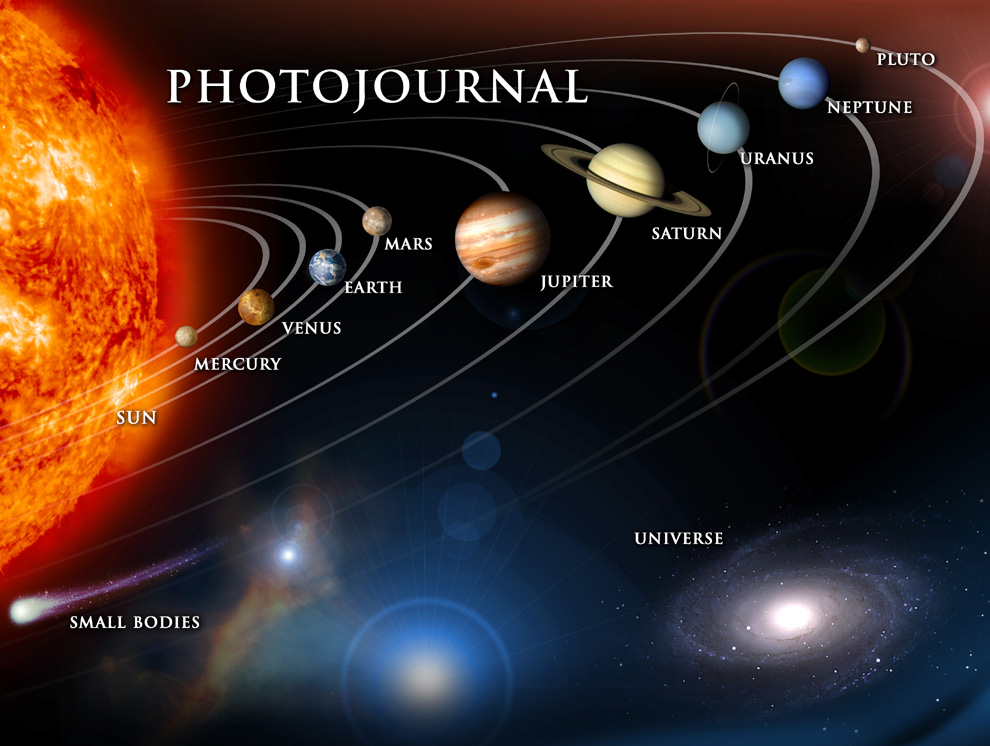

Known as a compound or catadioptric telescope, it uses both lenses and mirrors to make a powerful telescope with a short tube length. His model from 1668 is the earliest known type of a reflecting telescope.Ī third type of telescope is a combination of a refractor and a reflector. Reflectors are also known as Newtonian telescopes because, you guessed it, Sir Isaac Newton invented them. Reflectors are popular choices for people looking to see deeper into the sky (Saturn’s rings, Jupiter’s moons, nebulae, and nearby galaxies). As large mirrors are cheaper to manufacture than large lenses, reflectors are better value as the size goes up. This means that the eyepiece can be placed in a more convenient location on the side of the telescope. Reflectors use mirrors instead of lenses to reflect instead of bend the incoming light. But bigger, more powerful refractors become expensive and inconvenient to look through because the eyepiece is low to the ground.
BEST TELESCOPE TO SEE PLANETS PORTABLE
They’re easily portable and simple to aim. Refractors are good for seeing craters on the Moon, bright planets, or even daytime landscapes and wildlife.
BEST TELESCOPE TO SEE PLANETS SERIES
The user looks through an eyepiece at the end of the telescope, along a series of glass lenses, to see a magnified night sky object. Refractors are common starter telescopes and easily recognisable. Medium f-ratios f/6 to f/10 work well for either.īeyond aperture and f-ratio options, telescopes come in three basic types: refractors, reflectors, and compound. Large f-ratios of f/11 to f/15 are better for narrow-field, high power views of the Moon, planets, or binary stars. Small f-ratios of f/4 to f/5 are best for wide-field observing and deep space objects such as galaxies. As a general rule, the smaller the f/number, the lower the magnification, the wider the field, and the brighter the image. For a telescope with a 900-mm focal length and a 70-mm aperture, this gives an f-ratio of 12.9 or f/12.9. The f-ratio is the telescope’s focal length divided by its aperture. To determine what type of stargazing a telescope is best for, look at its f-ratio. Consider whether you want to be able to load your telescope into the back of your car for stargazing field trips before splashing out on that 10-inch aperture telescope. But this comes at a price, and bigger telescopes are also much less portable. The bigger the better because a bigger aperture can collect more light and distant objects appear brighter.

The key spec for any telescope is its aperture, or the diameter of its lens or mirror. It’s easy to be overwhelmed by the specs and options when buying a first telescope.


 0 kommentar(er)
0 kommentar(er)
